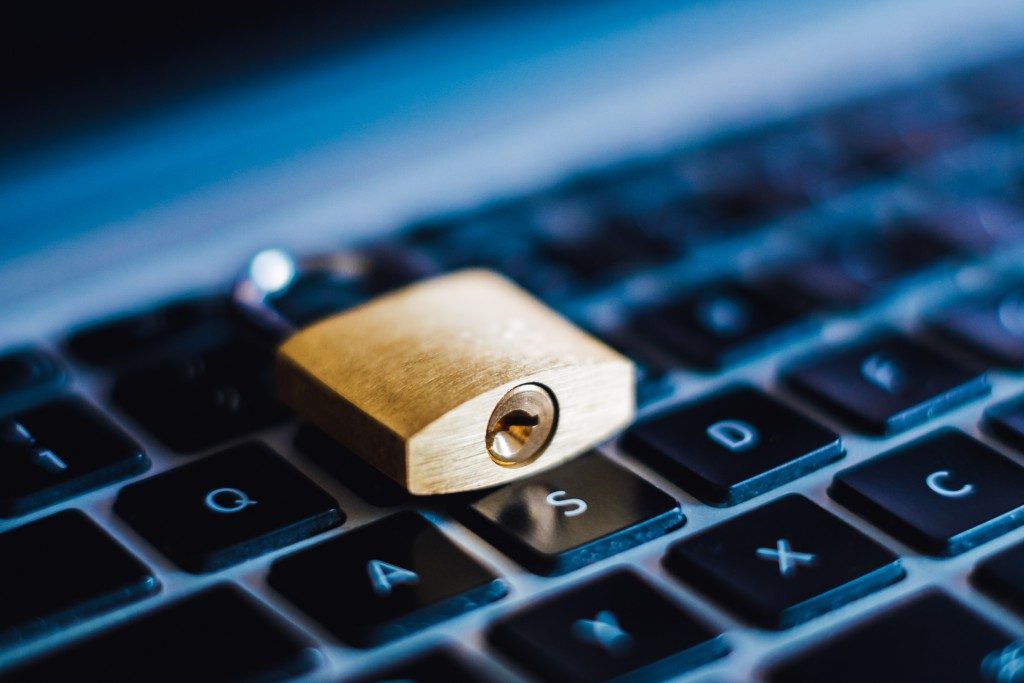The world of technology has exposed people and businesses to new risks. One of the most important topics on technology companies surrounds data security, with significant industry players accused of treating other people’s information carelessly. Data has never been more valued as it is now. As a rule, be sure to mark your media clearly and log it after verifying its integrity.
Whether it is an old hard disk or a flash drive you want to give away, consider how you will ensure secure data destruction. Massachusetts businesses noted that there are different methods to destroy data, and some are more effective than others. The common techniques include:
Deleting
The delete function in a computer can remove a specific file and take it to the recycle bin. One has to combine it with shift commands to take care of it completely. However, it is best to format all data, especially for gadgets you do not plan to keep using. Format only affects the FAT (format allocation table), but it will not erase data. Organizational data will need to be overwritten for it to disappear completely. Even then, deleting is relatively insecure.
Degaussing
Degaussing is about using a different machine to create an electromagnetic field that is strong enough to destroy any magnetically stored data in a device. This process has been popular with organizations because it is effective as long as the field created is strong enough. However, modern hard disks are being made with thick shielding. That means one has to eliminate the shielding that prevents the electromagnetic field from erasing data. Generally, it is not guaranteed that a degasser will be thorough.
Physical destruction

In this case, storage media and hard drives will be shredded into small pieces using machine shredders. This is generally effective and is advisable for instances when one needs to get rid of data fast. In other cases, people drill holes in storage devices to help destroy them completely. It’s best to remember that shredding, hammering, or drilling does not destroy the data. It just makes the device inoperable making it impossible to recover data.
Software overwriting
Here, one uses special applications and software programs that will write meaningless data in patterns over every sector of the hard drive. This process combines data overwriting with 0s and 1s. The security level of data after overwriting with the software will depend on the type of software and how many times someone has performed the overwrite — zeroization.
Data remanence
Any remaining data or information saved in a device is erased. Remanence may be used by a malicious actor to reconstruct data and make it readable. The idea here is to make sure that should media be reassigned, no person will be able to access sensitive data.
Data recovery is about salvaging information from corrupted, failed, inaccessible or damaged storage media. It is essential to know about it to be careful about how you dispose of your electronics. Often, data can be salvaged from SSDs, hard disks, flash drives, DVDs, RAIDs, and CDs.

